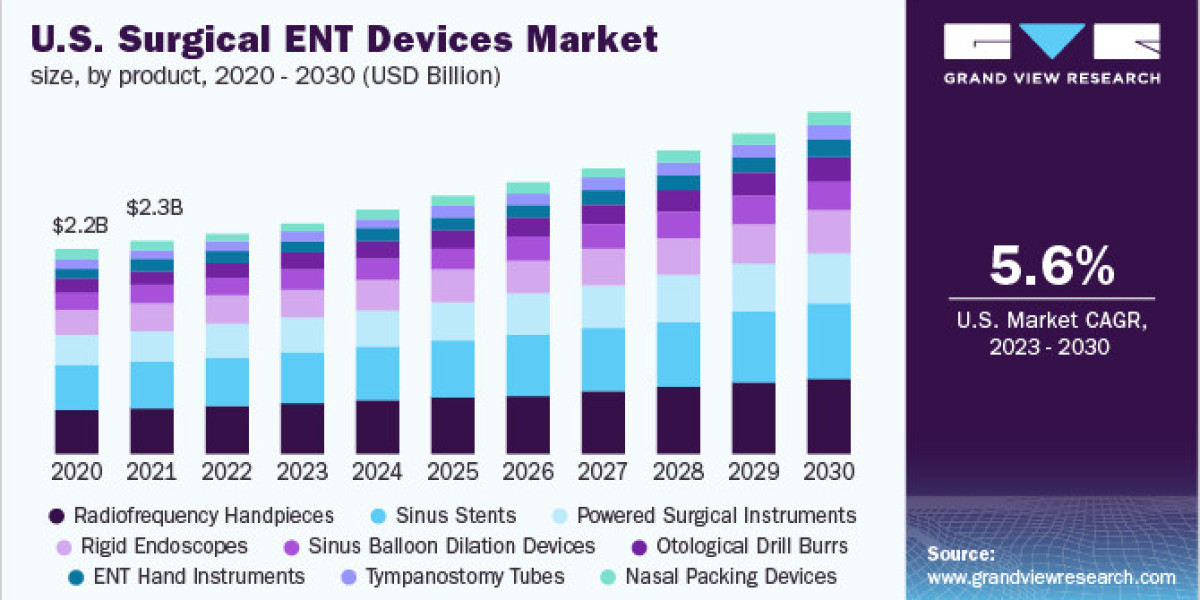Enterprise Resource Planning (ERP) is more than just software; it's the backbone of modern business operations. As we move deeper into 2025, ERP systems are evolving rapidly — integrating AI, modular architectures, cloud scale, sustainability, and better local compliance/regulatory support. For Canadian businesses, choosing the right ERP means balancing global aspirations (multi-site, multi-country operations) with local demands (tax laws, bilingual support, data sovereignty, etc.).
Here are the Top 10 ERP systems for 2025, especially relevant to Canada, with their strengths, considerations, and what to look out for.
What Canadian Businesses Need From ERP in 2025
Before diving into vendors, here are some of the major trends and requirements shaping the ERP market this year:
Cloud-first / cloud-native deployment is now mainstream. Scalability, cost efficiency, remote access, and reduced IT footprint are critical. GlobeNewswire+2Business Research Insights+2
Embedded AI / machine learning for predictive analytics, automation (e.g. invoice matching, forecasting), anomaly detection etc. Forbes+1
Modular & API-driven architecture, so businesses can choose only what they need, avoid bloated systems. Accio+2ERP Software Blog+2
ESG / sustainability / compliance features: carbon emissions tracking, environmental & social governance, as well as local regulatory compliance (CRA, bilingual, etc.). Accio+1
Security, data sovereignty, privacy: Canadian laws (PIPEDA etc.), especially for cloud ERPs; regional hosting, encryption, etc.
Localization: support for Canadian tax (GST, HST, provincial taxes), multi-currency, bilingual (English / French) in many sectors.
Top 10 ERP Systems for 2025
Here are ten ERP systems that are standing out in 2025 for Canadian (and global) businesses. I list their strengths, possible weak points, and how they might fit depending on your scale, industry, and priorities.
| ERP System | Best Fit / Strengths | Things to Watch / Limitations |
|---|---|---|
| 1. SAP S/4HANA | A powerhouse for large enterprises; real-time data, strong analytics, deep industry modules (manufacturing, supply chain, large services). Excellent for companies that require heavy local and global compliance. | High cost, complexity of implementation; change management is significant. Might be overkill for smaller or mid-sized companies with simpler needs. |
| 2. Oracle NetSuite | Cloud-native, very strong in global operations, financials, multi-subsidiary management. Good for growing mid-size businesses. Offers rapid deployment compared to legacy systems. | Customization can get expensive; some industries may need more niche functionality; local Canadian support / localization may require attention. |
| 3. Microsoft Dynamics 365 | Excellent if you are already in the Microsoft ecosystem. Strong integration with Azure, Power BI, Office tools. Scales well. Increasing AI/automation capabilities. | May require extensive licensing to get all modules; customization & integrations can add complexity/cost. Some smaller features may lag behind niche providers. |
| 4. Infor (CloudSuite / Infor OS) | Good industry-specific solutions, especially manufacturing, distribution. Strong analytics and user experience improvements. | Sometimes less global name recognition; varyingly strong partner / support presence depending on region; implementation may need deep domain consultancy. |
| 5. Workday | Particularly strong in human capital management (HCM), HR, payroll, financial planning. Good usability, modern interface, especially for service companies. | Not always best in deep supply chain / discrete manufacturing; cost can be high; for some regions/modules, the local legal/tax features may need extra work. |
| 6. Odoo | Very modular, great for SMBs; open-source roots give flexibility. Lower upfront costs, easier to pick only the modules you need. Good for companies wanting to grow without huge ERP investment. | Some modules may be less mature; support and reliability vary depending on partner; scaling to large complex operations can require a lot of custom work. |
| 7. IFS | Strong in asset management, project-driven industries (construction, aerospace, energy, etc.). Good operations, lifecycle tracking, field work. | Complexity; may need more specialized consultants; AI & generative AI roadmaps might be less defined than giants. |
| 8. Sage 300 / Sage Intacct / Sage Business Cloud | Solid choice for mid-sized Canadian companies; good financials, localization, proven track record in Canada; decent scalability. | Might lag in cutting-edge features (AI, ML) compared to top cloud-first vendors; total cost of ownership depending on customizations / modules. |
| 9. Syspro | Tailored toward manufacturers, distributors; easy to use; flexible deployment (cloud / hybrid); known for good Canadian partner ecosystem. | Less “flashy” in terms of latest AI/agent features; may require integrating other tools for broader digital transformation. |
| 10. Priority ERP | Fast deployment, clean and intuitive UI; good for SMEs and mid-market that want out-of-box functionality for finance, inventory, sales, HR; real-time analytics; mobile access. Akarigo | For businesses with very complex or highly niche business logic, or large scale global operations, may need more customization; advanced localization might be limited. |
How to Choose the Right ERP for Your Business (in Canada)
Here are some guidelines to help you decide which among the top options is right for you:
Define your core priorities
What drives more value for you: better financial reporting? inventory / supply chain optimization? HCM / payroll? project work? If you know which area you most need to improve, you can pick a vendor strong in that domain.Scale & growth plans
If you expect to expand (geographically or in complexity), choose systems that scale well (both technically and from licensing / support standpoint).Local compliance & localization
Ensuring that the ERP handles Canadian federal & provincial taxes, bilingual needs, local accounting standards, privacy laws, etc., out-of-box or via well-supported extensions.Partner & support ecosystem
Even the best ERP is only as good as the implementation and ongoing support. Canadian experience from partners, local presence, good training & support matter.Cost vs Total Value
Upfront license / subscription cost is just one part. Implementation, customization, change management, upgrades, ongoing support are large parts of cost. Also consider ROI, time to value.Roadmap (AI, sustainability, modularity)
Vendors who are investing in generative AI, automation, ESG reporting etc., are likely to provide longer-term value and adaptability as regulations & technology evolve.
Final Thoughts
2025 is a pivotal year for ERP. The shift is toward systems that are intelligent, modular, and cloud-centric. For Canadian businesses, the ability to combine global sophistication with strong local support and compliance is key.
If I were advising a mid-sized business in Ontario or Québec aiming to grow across provinces, I’d lean toward something like NetSuite or Dynamics 365, ensuring the partner has local experience. For heavy industrial / asset-management companies, IFS or Infor might outperform. For businesses starting small but with ambition, Odoo or Priority ERP could give strong ROI without massive upfront risk.


